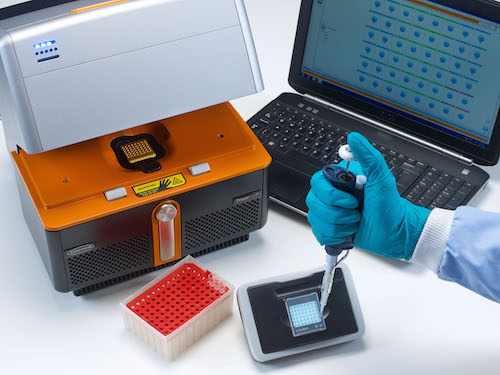Members Login

Channels
Special Offers & Promotions
Dekkera bruxellensis 26S ribosomal RNA
Dekkera bruxellensis (D. bruxellensis) is a yeast native to the Belgian Senne valley located near Brussels. It is a hemiascomycetes yeast, meaning primitive and morphologically simple, with an absent or poorly developed mycelium and no formation of hyphae.
Its genome size ranges from under 20 to over 30 mega base pairs (Mb). The asexual reproductive form in the life cycle of this organism is known as Brettanomyces bruxellensis (B. bruxellensis), one of several members of the genus Brettanomyces. In the wild this microorganism lives on the skins of fruit and plays a key role in the production of Belgian Lambic style beers.
Belgium’s beer and wine tradition is no newcomer to the alcoholic beverage industry. Belgium’s monastic, spontaneously fermenting lambic wheat beer family predates the pitching of yeast by brewers, whilst fermenting of beers with cherry (Kriek) and raspberry (Framboise) and spiced white brews predate the hop as the universal taste ingredient in beer. B. bruxellensis plays a key role in the long fermentation process of the typical Belgian beer styles Flanders, Gueuze, Kriek, and Orval and is found naturally in the brewing environment and barrels used for fermentation. It has a high ethanol tolerance and so only begins growing after the primary Saccharomyces cerevisiae fermentation continuing the process for longer and metabolising alternative carbon sources. This gives rise to the generally higher alcoholic content and distinctive flavours of Belgian Lambic beers. This property also makes B. bruxellensis a promising candidate for fuel ethanol production as it is resistant to inhibitors formed during pre-treatment of feed stock and can utilise cellibiose and arabinose sugars created during processing which are not used by Saccharomyces.
While B. bruxellensis imparts flavour to Belgian Lambic beers and some wines, it can cause large economic losses in the wine industry due to production of flavour-spoiling phenolic compounds leading to undesirable aromas known as “Brett taints” e.g. barnyard, burnt plastic, wet animal, medicinal and horse-sweat. It occurs more commonly in some vineyards than others, so producers can avoid purchasing grapes and used wine barrels from certain sources. For this reason it is important for wine makers to have reliable methods for detection of this spoilage yeast. PCR detection methods allow for much more rapid and specific identification than traditional microbiological techniques.
The Techne qPCR Kit for Dekkera bruxellensis (part code TKIT06003 or TKIT06003M) is designed for the in vitro quantification of D. bruxellensis genomes. The kit is designed to have the broadest detection profile possible whilst remaining specific to the D. bruxellensis genome. The primers and probe sequences in this kit have 100% homology with a broad range of D. bruxellensis sequences based on a comprehensive bioinformatics analysis.
Testing for the presence of D. bruxellensis can be determined using the Techne Prime Pro 48 qPCR system in conjunction with the Techne qPCR test “Dekkera bruxellensis 26S ribosomal RNA” available now from Bibby Scientific.
Media Partners



